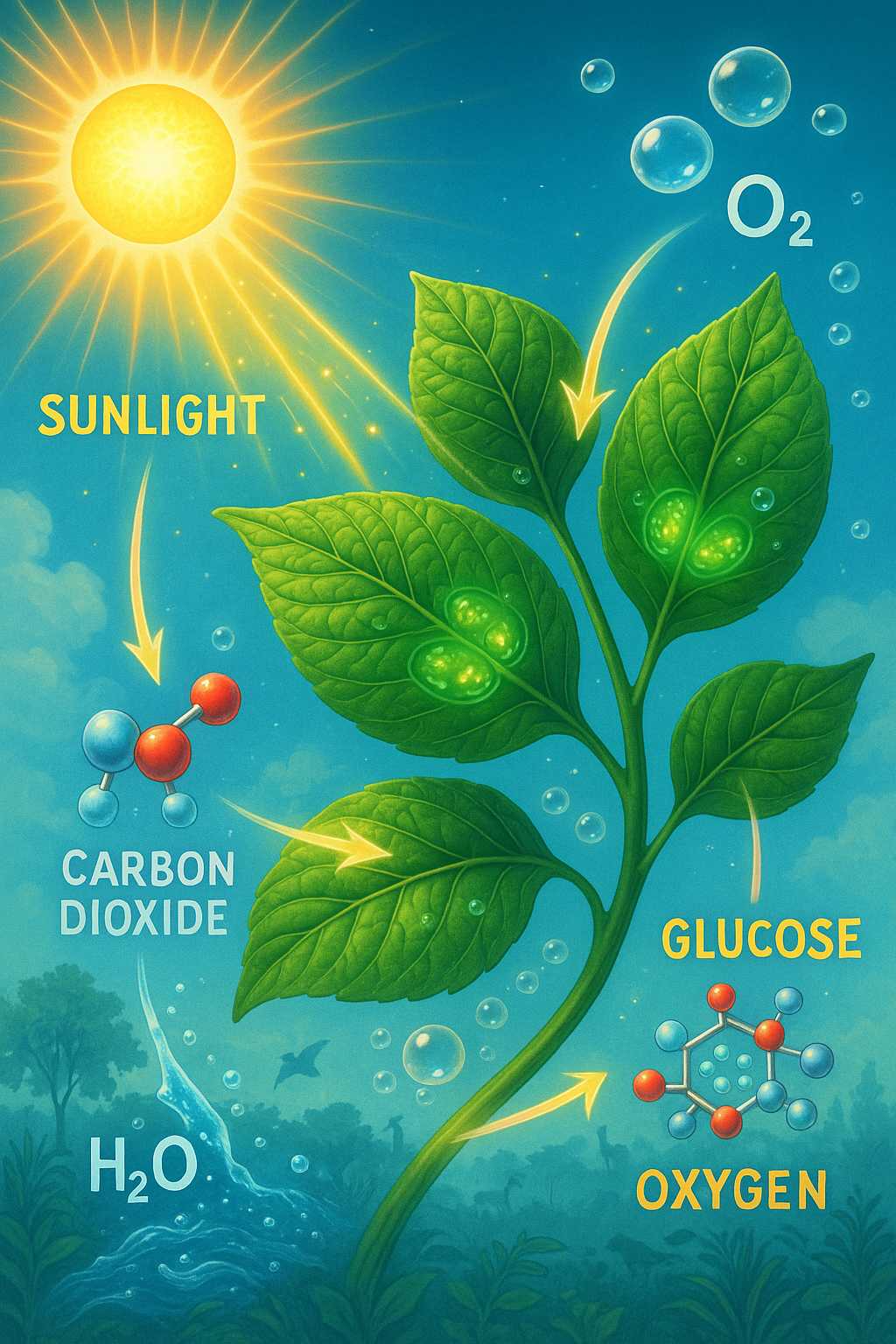As a scientist fascinated by the intricate processes that sustain life on Earth, I find photosynthesis to be one of the most remarkable examples of nature’s ingenuity. This fundamental biochemical process enables plants, algae, and certain bacteria to capture energy from sunlight and convert it into chemical energy, fueling the vast majority of life on our planet.
Photosynthesis primarily takes place in the chloroplasts of plant cells. These specialized structures house the green pigment chlorophyll, which absorbs light energy and kickstarts a chain of reactions. Water molecules are split, releasing oxygen as a byproduct, while the captured energy transforms carbon dioxide from the air into glucose — a versatile sugar molecule that plants use for growth and energy storage.
One of the most elegant elements of photosynthesis is its role in balancing Earth’s atmosphere. The oxygen we breathe is, in large part, a direct result of billions of years of photosynthetic activity. Without this process, life as we know it would not exist.
Recent research in chemistry and biology has focused on artificial photosynthesis — attempting to mimic nature’s method of converting sunlight into usable energy. Such breakthroughs could transform renewable energy and address global challenges like climate change and food security.
Understanding photosynthesis enriches our appreciation for the grass beneath our feet, the forests around us, and even the air we breathe. It’s a reminder that extraordinary chemistry is happening all around us, quietly sustaining both the smallest and largest forms of life on Earth.
— Carl


Leave a Reply